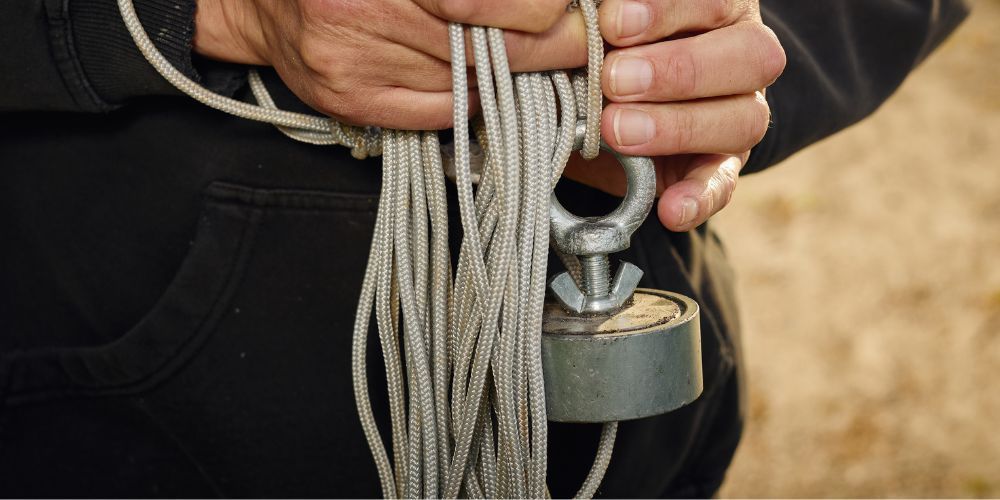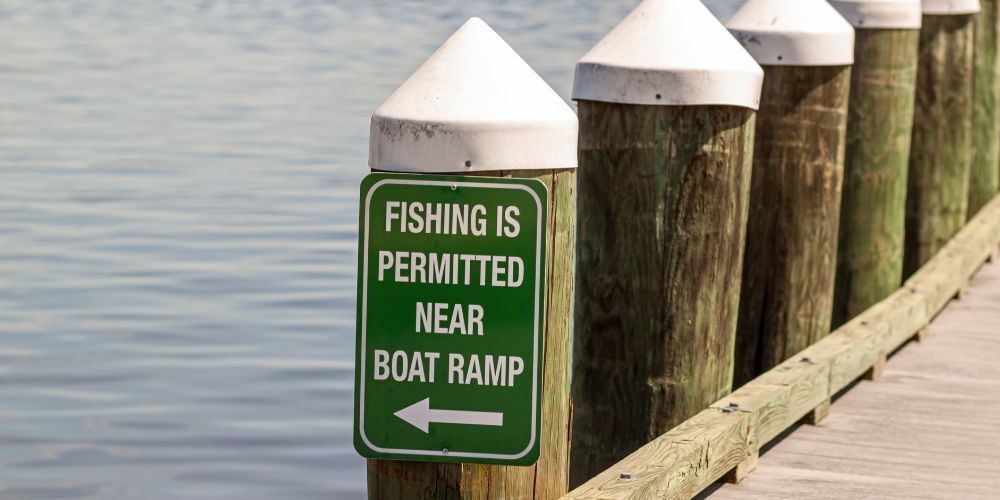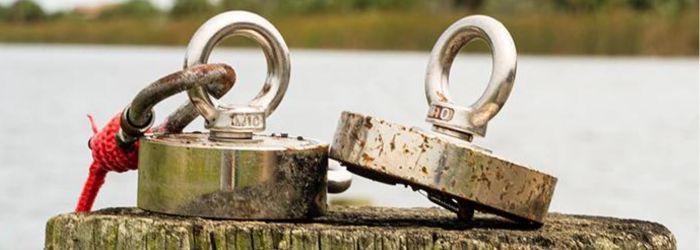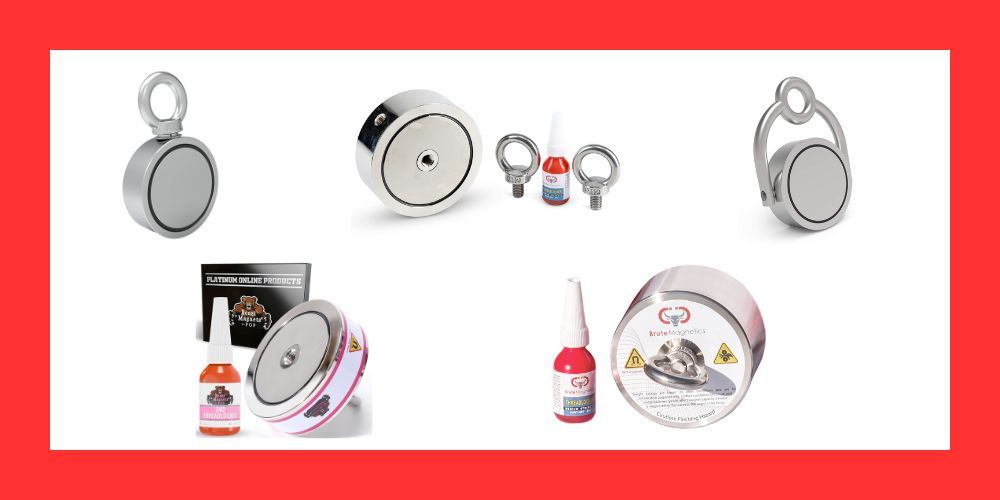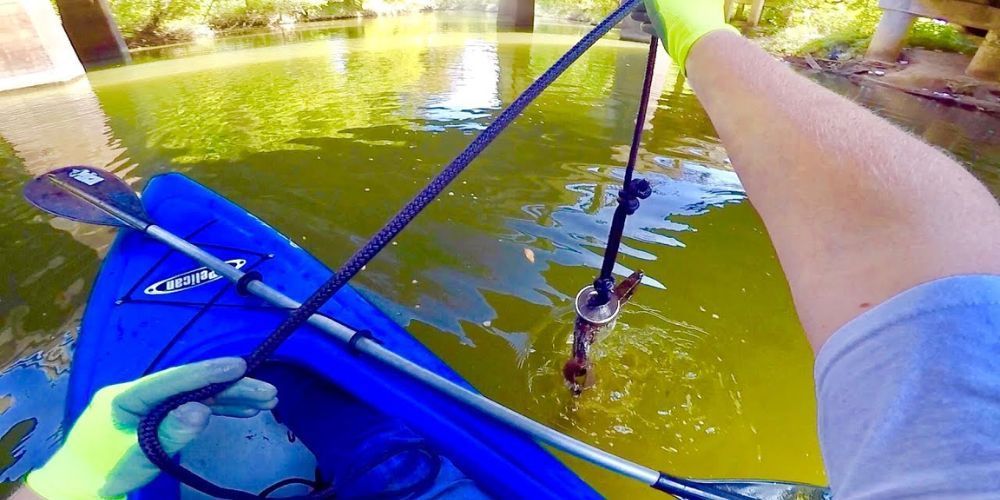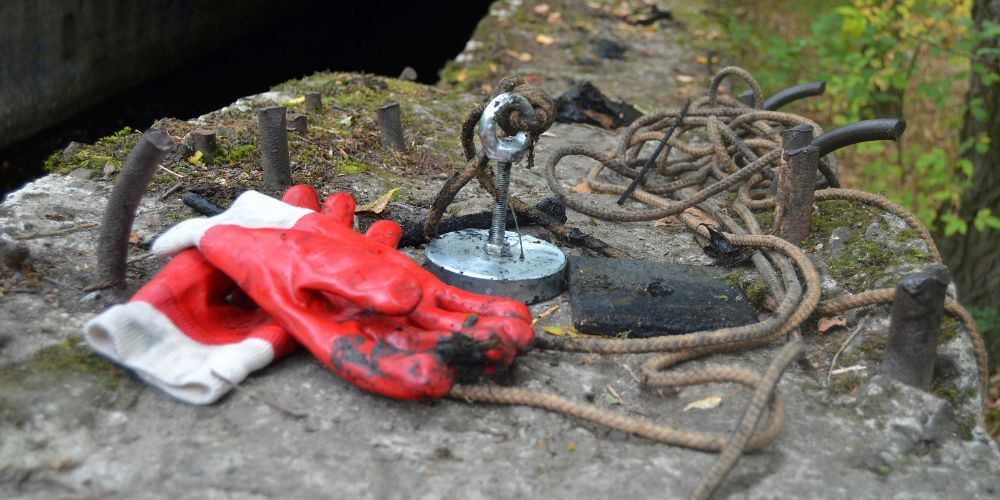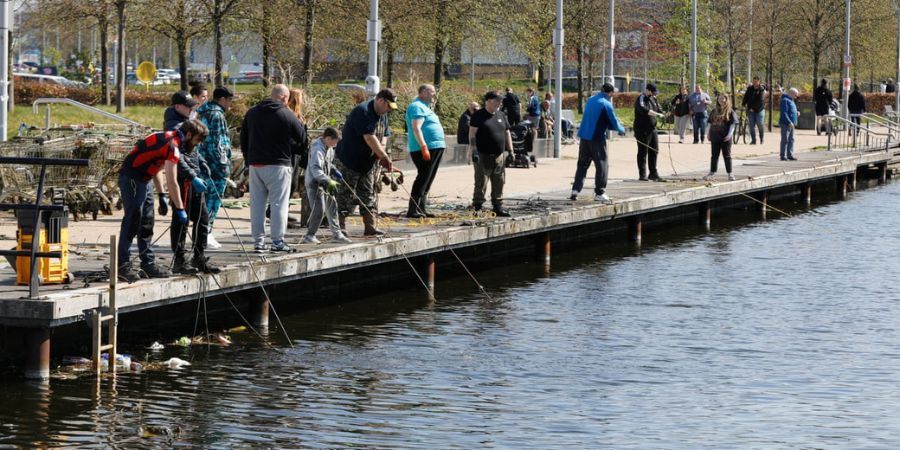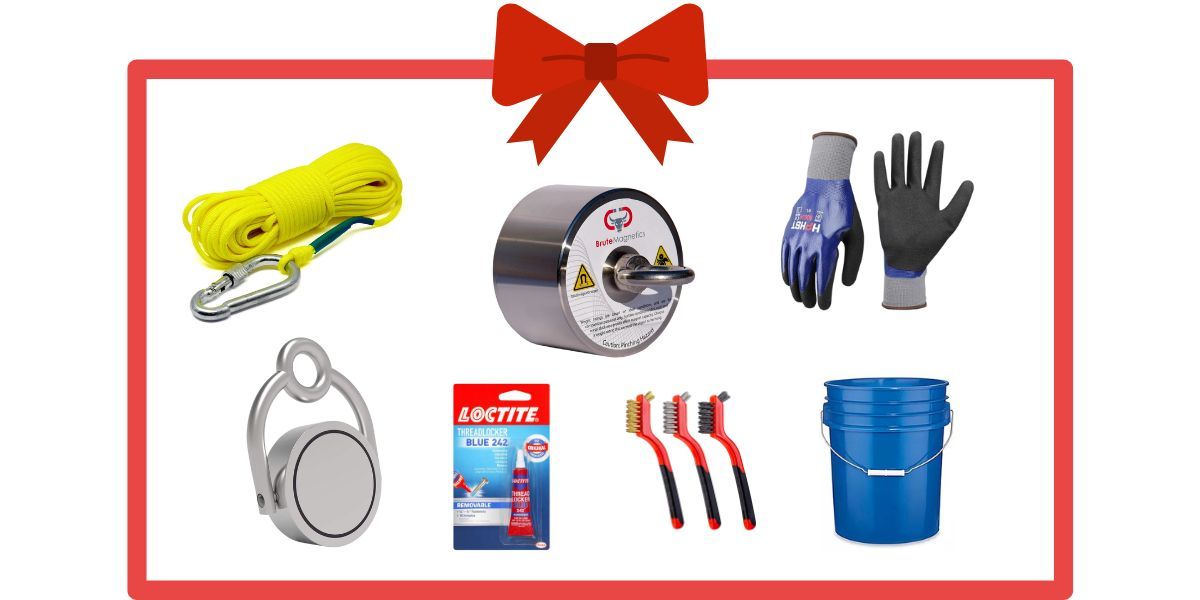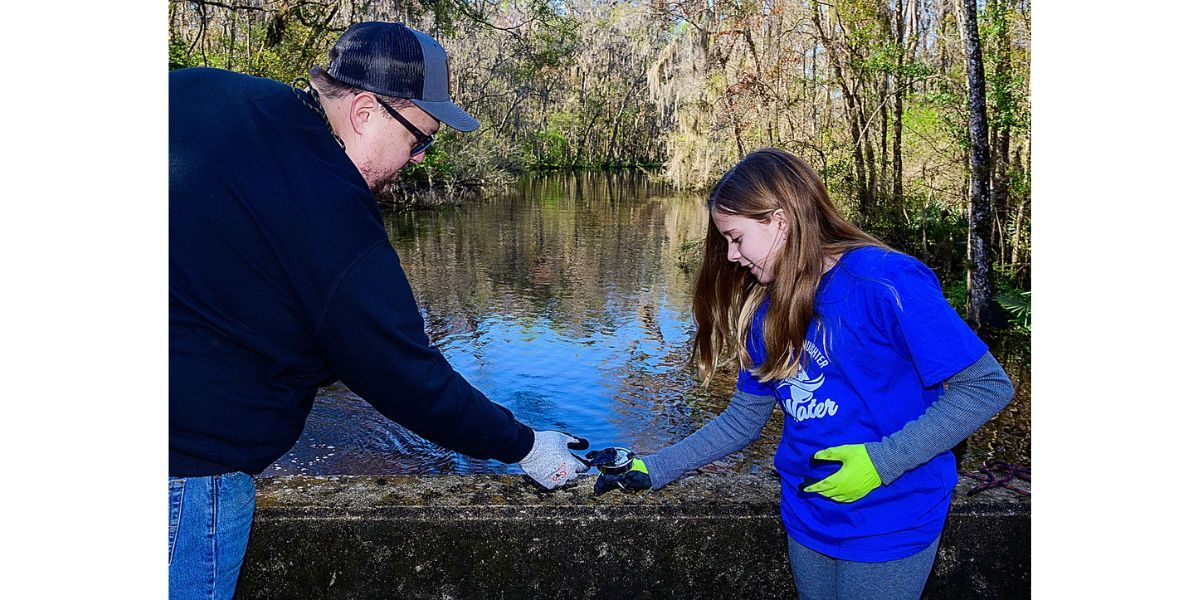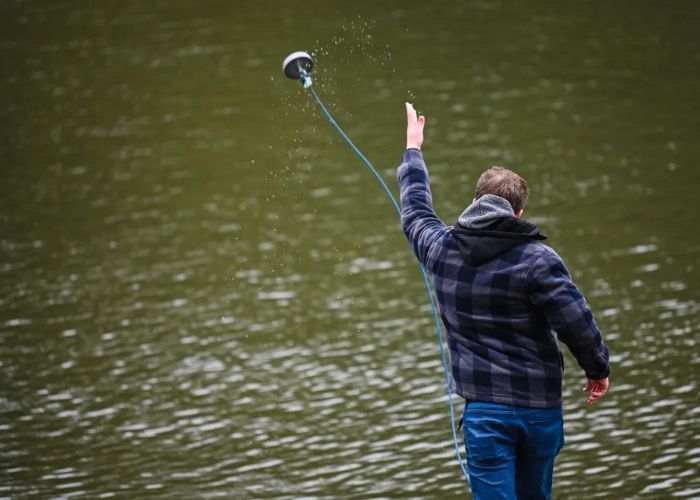Magnet Fishing with Kids: A Family Summer Adventure Guide
Summer's here, and you're probably wondering how to keep the kids entertained without breaking the bank. I've got the perfect solution that combines outdoor adventure, treasure hunting, and quality family time – magnet fishing with kids!
I've been magnet fishing for years, and let me tell you, there's nothing quite like the excitement on a child's face when they pull up their first find. Whether it's an old bottle cap or a rusty nail, kids see treasure where adults see junk. And that's exactly what makes this hobby so perfect for families.
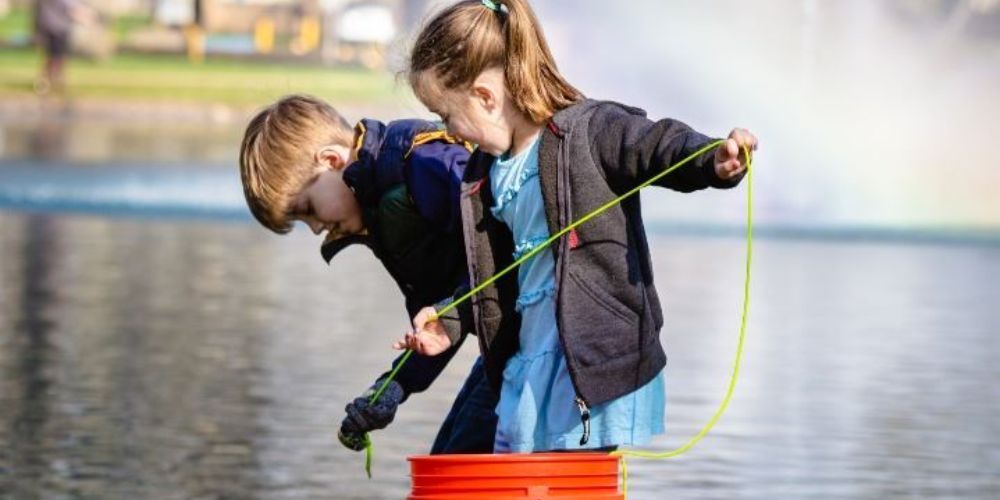
Why Magnet Fishing is Perfect for Kids
Magnet fishing hits all the right notes for children. It's like a real-life treasure hunt that gets them away from screens and into nature. Kids love the mystery of not knowing what they'll find next, and the instant gratification when something sticks to the magnet.
The hobby also teaches patience and perseverance – valuable life skills disguised as fun. Plus, you're actually helping clean up waterways, which is a great lesson in environmental stewardship.
I've taken my own kids and neighbor's children magnet fishing countless times, and the enthusiasm never gets old. They beg to go back, and honestly, so do I.
Essential Safety Rules for Kids
Before we dive into gear and locations, let's talk safety. I never compromise on this, especially with children involved.
Never let kids handle finds directly. Always examine items first yourself. You never know what might be sharp, toxic, or dangerous. I keep a pair of heavy-duty gloves and a bucket specifically for this purpose.
Teach proper rope handling. Kids should never wrap the rope around their hands or bodies. Show them how to grip it safely and always maintain control. I usually let younger kids hold the rope while I guide the magnet.
Stay away from electrical areas. Power lines, electrical boxes, and anything that looks like it might be connected to electricity is off-limits. Period.
Wear appropriate clothing. Closed-toe shoes are non-negotiable. I also recommend long pants and consider cut-resistant gloves for older kids who can handle them properly.
Best Beginner Gear for Family Magnet Fishing
When I'm taking kids magnet fishing, I always start with lighter, more manageable equipment. Here's what I recommend:
Start with a 500-600 lb pull magnet. This provides enough power to find interesting items without being too heavy for kids to handle. The MHDMAG Double Sided Fishing Magnet is perfect for families – it's strong enough to be effective but light enough for kids to help pull up.
Choose kid-friendly rope. I prefer 50-100 feet of paracord or climbing rope. It's easier for small hands to grip than traditional magnet fishing rope. Make sure it's rated for at least 1000 lbs to handle the magnet's pull force safely.
Bring a bucket and gloves. You'll need somewhere to put finds, and you'll definitely need gloves. I keep a dedicated "kid bucket" that's just theirs to use.
Pack a first aid kit. Better safe than sorry, especially around water and potentially sharp objects.
For families just starting out, I often recommend the 700 lbs Beginners Magnet Fishing Kit because it includes everything you need in one package.
Kid-Friendly Locations for Magnet Fishing
Location is everything when magnet fishing with kids. You want places that are safe, accessible, and likely to yield interesting finds.
Public parks with ponds or streams are my go-to spots. They're usually well-maintained, have parking, and often have restrooms nearby – a must when dealing with kids. The water is typically shallow enough to see the bottom, which helps with safety.
Old bridge areas can be goldmines for finds, but stick to easily accessible spots. Kids love the idea that people have been dropping things from bridges for decades.
Fishing docks and piers are excellent because they're designed for people to be near the water safely. Plus, there's usually a good chance of finding fishing gear that kids will recognize and get excited about.
Avoid private property, fast-moving water, and anywhere that requires hiking or climbing. Keep it simple and safe.
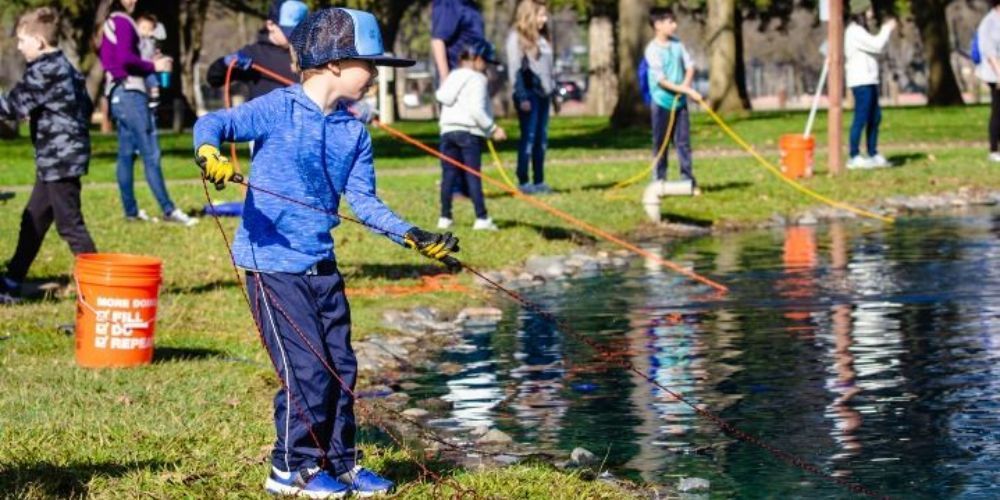
Making It Fun: Games and Activities
The key to keeping kids engaged is making it feel like a game rather than just dragging a magnet around.
Create a treasure hunt list. Before you go, make a list of common finds like bottle caps, nails, or fishing hooks. Let kids check items off as they find them. You can even assign points to different items.
Bring a camera. Kids love documenting their finds. Let them take photos of interesting items before you examine them. It makes them feel like real treasure hunters.
Tell stories about the finds. That rusty bottle cap? Maybe it's from a picnic 30 years ago. That fishing hook? Perhaps it belonged to a kid their age who was learning to fish. Kids love imagining the history behind objects.
Make it a learning experience. Talk about what makes things magnetic, why metal rusts, or how long items might have been underwater. It's science class disguised as fun.
Common Finds That Excite Kids
In my experience, kids get excited about different things than adults. Here's what typically gets the biggest reactions:
- Fishing gear is always a hit. Kids understand what it is and can imagine the story behind it. Hooks, sinkers, and lures are common finds that generate real excitement.
- Bottle caps and cans might seem boring to adults, but kids love the variety. Different brands, colors, and ages make each one unique in their eyes.
- Coins are rare but incredible finds. Even a corroded penny feels like striking gold to a child.
- Tools and hardware like bolts, screws, and small tools fascinate kids. They can imagine how these items ended up in the water.
- Unexpected items like jewelry, toys, or household objects create the most memorable experiences. These are the finds kids will talk about for years.
Age-Appropriate Involvement
Different ages require different approaches. Here's how I adjust based on the child's age:
- Ages 5-7: They can help carry the bucket, spot the magnet in the water, and get excited about finds. I handle all the actual magnet work and examination of items.
- Ages 8-12: They can help pull the rope (with supervision), learn to tie knots, and take more responsibility for organizing finds. I still handle the initial examination of items.
- Ages 13+: They can learn proper technique, handle lighter magnets independently, and take on more responsibility for safety protocols.
Remember, every child is different. Some 10-year-olds are ready for more responsibility, while others need more guidance. Trust your judgment as a parent.
Teaching Environmental Responsibility
One of the best parts about magnet fishing with kids is the environmental lesson. They're literally cleaning up waterways while having fun.
Explain how trash in water affects fish and other wildlife. Show them how their hobby makes a positive difference. Most kids are naturally drawn to helping animals and protecting nature.
Always dispose of finds properly. Metal items can often be recycled, and hazardous materials need special handling. This teaches kids about responsible waste management.
Consider joining or organizing local cleanup events. Many magnet fishing communities have family-friendly cleanup days that combine the hobby with environmental stewardship.
Building Long-Term Interest
The goal isn't just one fun day – it's creating a lifelong love of the outdoors and discovery.
Start a find journal. Let kids document their discoveries with photos, drawings, and stories. This creates lasting memories and helps them see their progress over time.
Connect with the community. Many areas have family-friendly magnet fishing groups. Meeting other families who share the hobby can provide ongoing motivation and new friendships.
Gradually increase responsibility. As kids get older and more experienced, give them more control over the process. This keeps the hobby challenging and engaging.
Explore different locations. Once they're comfortable with the basics, try new spots to keep the adventure fresh and exciting.
Seasonal Considerations for Summer
Summer is perfect for magnet fishing with kids, but there are some special considerations:
- Start early or go late. Beat the heat by going in the morning or evening. Kids get cranky when they're hot, and you'll have more energy for longer sessions.
- Bring extra water and snacks. Hydration is crucial, especially when you're near water but can't drink it. Pack more than you think you'll need.
- Consider sun protection. Sunscreen, hats, and UV-protective clothing are essential. The reflection off water can cause sunburn faster than you'd expect.
- Watch for summer crowds. Popular spots get busy during summer. Scout locations during off-peak times to find the best spots for families.
Weather and Water Conditions
Not all days are good for magnet fishing with kids. Here's what I look for:
- Calm water is crucial. Kids can get nervous around choppy water, and it's harder to see the magnet. Wait for calm conditions.
- Clear water is ideal. Being able to see the bottom helps with safety and allows kids to track the magnet visually.
- Avoid fishing after storms. Water levels might be high, and there could be more debris and dangerous conditions.
- Check local conditions. Some areas have seasonal restrictions or water quality issues. Always check local regulations and conditions before heading out.
Creating Lasting Memories
The real treasure isn't what you pull from the water – it's the time spent together. I've found that kids remember the experience long after they've forgotten the specific finds.
Take photos of the process, not just the results. Kids making faces while pulling the rope, examining finds with magnifying glasses, or just enjoying being outdoors – these are the moments that matter.
Create traditions around your magnet fishing adventures. Maybe you always stop for ice cream afterward, or you have a special way of celebrating significant finds. These traditions make the hobby special and give kids something to look forward to.
What age is appropriate to start magnet fishing with kids?
I've successfully taken kids as young as 5 magnet fishing, but they need constant supervision and should only handle the bucket and help spot finds. Ages 8-12 are ideal for more hands-on involvement, while teenagers can start learning proper technique independently. The key is matching the responsibility to the child's maturity level and always prioritizing safety.
Is magnet fishing safe for children?
Yes, when done properly with appropriate supervision and safety measures. Never let kids handle finds directly, always examine items yourself first, ensure proper rope handling technique, and avoid electrical areas completely. Start with lighter magnets and calm water conditions, and always have a first aid kit on hand.
What's the best beginner magnet for families?
I recommend starting with a 500-600 lb pull magnet, which provides enough power to find interesting items without being too heavy for kids to help handle. Double-sided magnets work well because they're more likely to catch items, keeping kids engaged. Always pair it with appropriate rope and safety gear designed for the magnet's pull strength.
Author: Will Flaiz


